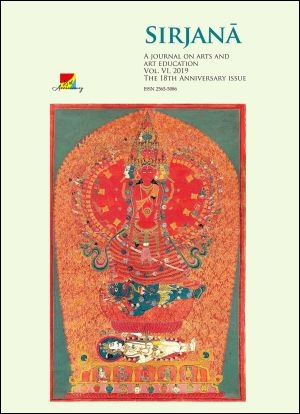Nepal's Lumbini is more than a birth place of Gautama Buddha
DOI:
https://doi.org/10.3126/sirjana.v6i1.39672Keywords:
Lumbini, Gautama BuddhaAbstract
Lumbini is so far unrecognized for its importance and significance by placing all attention to it as Siddhartha Gautam’s (Buddha) birth place. It is this very place where all three schools of Buddhism — Theravada, Mahayana, and Vajrayana come together. Buddha’s message of peace and harmony is practiced in daily life by the local inhabitants professing different religions such as Buddhism, Hinduism, and Islam. Ancient Kapilvastu covers such a wide area that it has become a goldmine for archaeologists for far and wide to have an opportunity to study civilizations and cultures which date back the pre Christian Era. United Nations Secretary General U Thant spearheaded the development of present Lumbini with help from an International Committee for the Development of Lumbini which he formed and saw that the task of a Master Plan for Lumbini was given to one uniquely qualified architect Kenzo Tange, a person with a vision. With many changes and adjustments from the original Master Plan, Lumbini is fast losing its luster by the construction of physical structures that hardly conform to the bylaws written during the approval of the Master Plan. Yet by the sheer strength of Buddha himself Lumbini retains its un-parallel beauty, serenity, tranquillity, and universality. Lumbini has reached this stage of development amidst several unwarranted controversies and mismanagement, but not all is lost. Lumbini can offer three distinct services to humanity as Buddha would have wanted: Guide those who believe in Buddha as God as they can find the almighty in every inch of the Sacred Garden; Lessen the pains and sufferings of others who seek to have a better life through meditation and prayers; and create a congregation of peace lovers who are in search of peace for themselves, their communities, their countries and the whole world.




